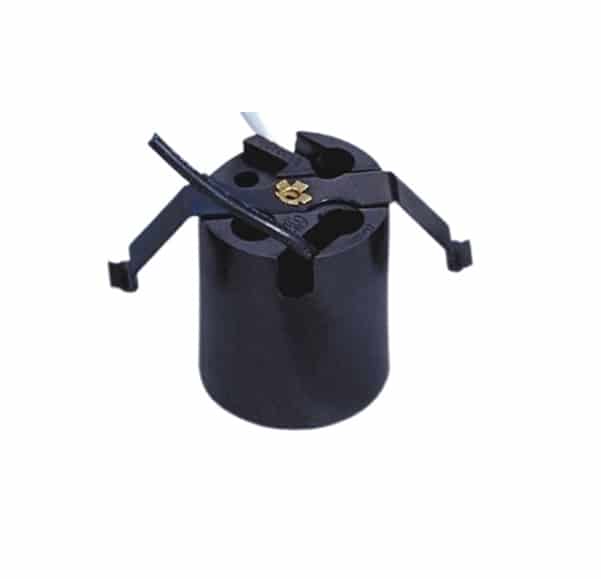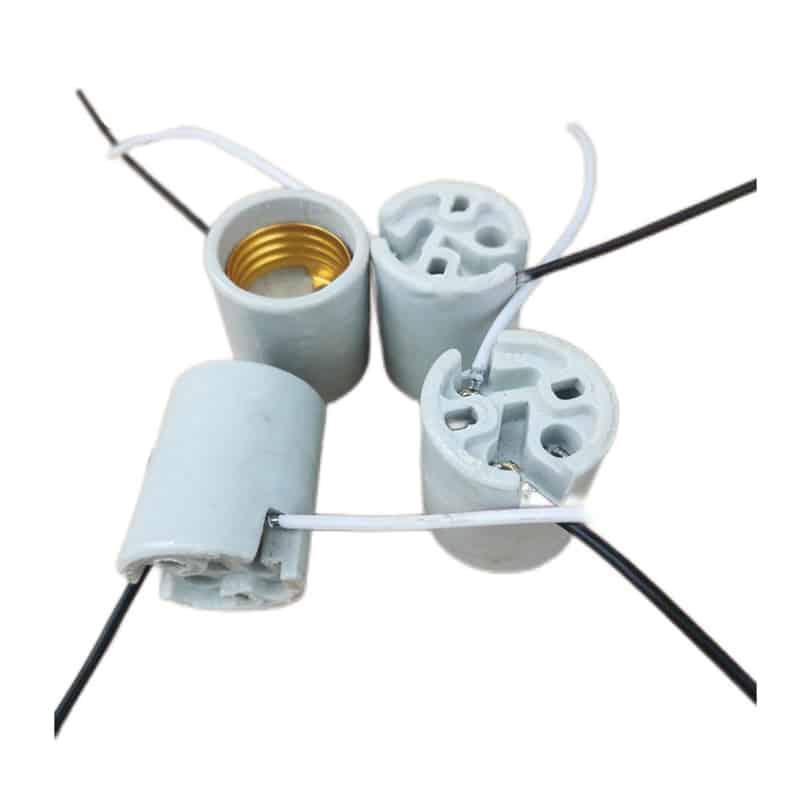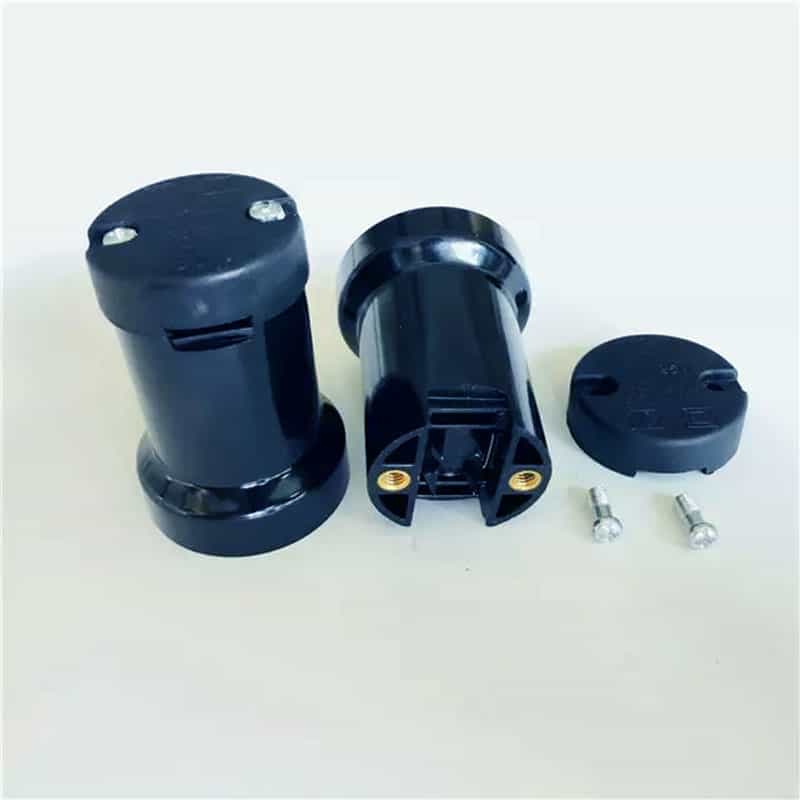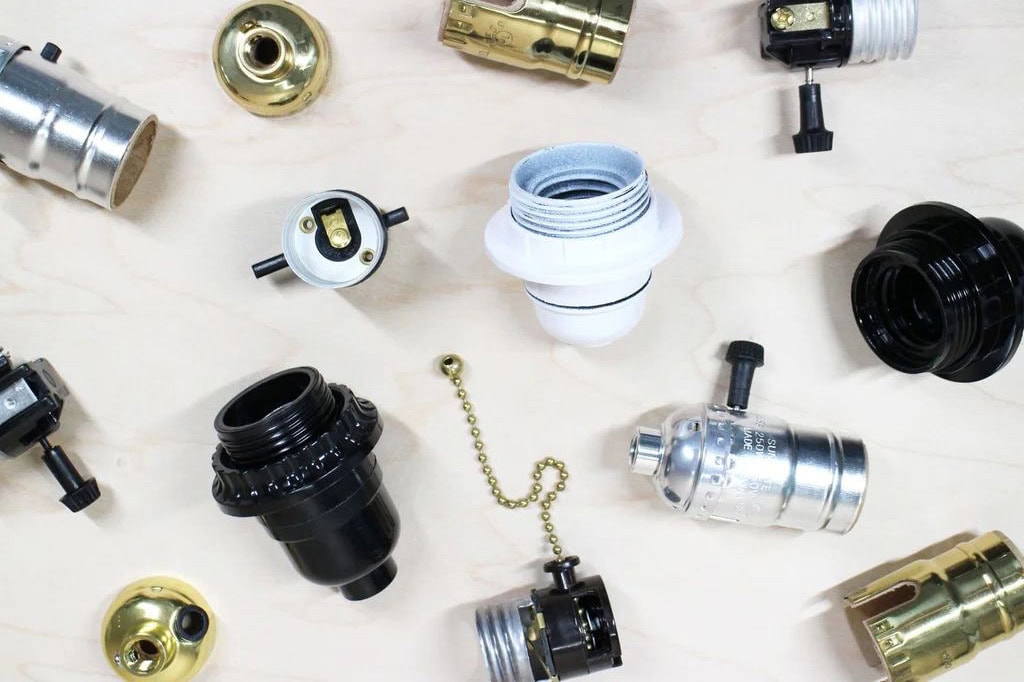When it comes to choosing light bulbs for your home or business, one of the most common sources of confusion is the “standard” bulb base. E26 and E27 are often cited as the two most widely used bases, but the question arises: Are they interchangeable? Understanding the differences and similarities between these two bulb bases will help ensure you select the right bulb for your fixture without the hassle of compatibility issues.

What Is a Bulb Base?
A bulb base is the part of the light bulb that connects to the socket and facilitates the flow of electricity to light the bulb. The Edison Screw (ES) system, named after Thomas Edison, is the most common type of bulb base used worldwide. This system is standardized in a way that allows for universal compatibility within specific regions, making it easier to replace or upgrade bulbs. The standardization of bulb bases ensures that consumers can use different types of bulbs in a variety of fixtures without worrying about fitting or electrical compatibility.
E26 and E27: The Basics
E26 and E27 both fall under the Edison Screw system, and while they are extremely similar, they differ slightly in terms of their specifications. The “E” in both names stands for “Edison,” paying homage to the inventor of the incandescent bulb, while the numbers refer to the diameter of the base in millimeters. An E26 base has a diameter of 26 millimeters, and an E27 base has a diameter of 27 millimeters.
The E26 base is commonly used in North America, particularly in the United States, Canada, and Japan. It is typically found in fixtures operating on 120V systems, which is standard in North America. On the other hand, the E27 base is predominantly used in Europe, Asia, and many other regions, where electrical systems generally operate at 220V to 240V.
Are E26 and E27 Interchangeable?
Despite the minor difference in diameter—just 1 millimeter—E26 and E27 bases are often considered interchangeable in most cases. This is because the physical dimensions are so similar, and many fixtures can accommodate either base without any issues. However, the main concern when swapping between these two bases is the voltage compatibility.
E26 sockets are designed for use with bulbs that are rated for 120V systems, while E27 sockets are meant for bulbs designed to operate at 220V to 240V. Therefore, while the bulb base itself may fit, the voltage difference could lead to issues if an E26 bulb (designed for 120V) is used in an E27 socket (which is designed for higher voltage). Similarly, an E27 bulb might not work properly in an E26 fixture, potentially causing it to burn out or fail to light up.
In some cases, however, you can find bulbs that are dual-rated for both 120V and 240V systems, which can be safely used in either E26 or E27 sockets. It’s important to check the specifications of both the bulb and the fixture before making the switch to ensure everything is compatible.

Applications of E26 and E27 Bulb Bases
Both E26 and E27 bases are widely used in residential and commercial lighting, though their regional preferences vary. E26 bulbs are commonly found in North American homes, where they are used in a wide range of fixtures such as table lamps, ceiling lights, pendant lights, and recessed lighting. In these regions, most homes are equipped with sockets designed to accommodate E26 bulbs, making it the default choice for most consumers.
E27, on the other hand, is the standard base in many European countries, including the UK, Germany, and France, as well as in parts of Asia and the Middle East. E27 bulbs are also commonly used in industrial and commercial settings in these regions, especially where 220V to 240V systems are in place. The popularity of E27 is largely due to the higher voltage systems in these areas, which require bulbs rated for higher power consumption.
Advantages and Limitations
One of the main advantages of both E26 and E27 bulbs is their broad availability and compatibility. Since these bases are so widely used across the globe, it is easy to find bulbs of various types—such as incandescent, LED, and halogen—with either base. Additionally, for those who live in regions where both E26 and E27 are common, the interchangeable nature of these two bases allows for easy replacement of bulbs without the need to change fixtures.
However, there are some limitations when it comes to the interchangeability of E26 and E27. The most significant issue is voltage compatibility. If the voltage of the bulb doesn’t match the voltage of the fixture, it can lead to inefficiency, reduced bulb life, or even failure to work altogether. Additionally, the slight size difference between the two bases can cause issues with certain fixtures, particularly if the socket is very tight or if the bulb is heavy. The small discrepancy in diameter might cause the bulb to sit improperly in the socket, which could affect its performance or even pose a safety risk in certain cases.

How to Ensure Compatibility
To avoid any potential issues with voltage or size mismatches, it’s essential to carefully check both the bulb and the fixture before installation. Start by verifying the voltage rating of the bulb and ensuring it matches the electrical requirements of the fixture. For example, if you’re using an E27 bulb, make sure the socket is designed for 220V to 240V. If you’re using an E26 bulb, ensure the socket is designed for 120V systems.
Another helpful tip is to look for bulbs that are dual-rated for both 120V and 240V systems. These bulbs can be safely used in both E26 and E27 fixtures, providing flexibility if you’re working with different regions or fixtures.
Impact on Lighting Trends and Global Markets
The E26 and E27 bases reflect the regional differences in electrical standards, with North America and parts of Asia typically using the E26 base and Europe and other parts of the world opting for the E27. While these two bases are similar in size, the differences in voltage systems contribute to the need for specific standards in different regions.
The trend toward standardization in the global lighting market has been gaining momentum, with manufacturers increasingly producing dual-compatible bulbs and fixtures that can work across both E26 and E27 systems. This is particularly beneficial for international consumers or businesses looking to source lighting solutions from different regions without worrying about compatibility issues.
Conclusion
While E26 and E27 bases are similar in size and widely used around the world, they are not always directly interchangeable due to differences in voltage requirements. Understanding these differences and carefully checking both the fixture and bulb specifications can help you make informed choices when selecting light bulbs for your home or business. Whether you’re dealing with residential lighting in North America or commercial lighting in Europe, knowing which bulb base is appropriate for your fixtures will ensure safe and efficient lighting.

FAQs
Can I use an E26 bulb in an E27 socket, or vice versa?
In many cases, E26 and E27 bulbs can be used interchangeably in terms of fit, but the voltage must match. E26 bulbs are for 120V systems, while E27 is for 220V–240V systems.
What happens if I use a bulb with the wrong voltage?
Using a bulb with the wrong voltage can cause it to burn out quickly, operate inefficiently, or fail to light altogether.
Are there any adapters for converting between E26 and E27 bases?
Yes, adapters are available, but it’s crucial to check the voltage compatibility before using them, as they do not address potential voltage mismatches.













